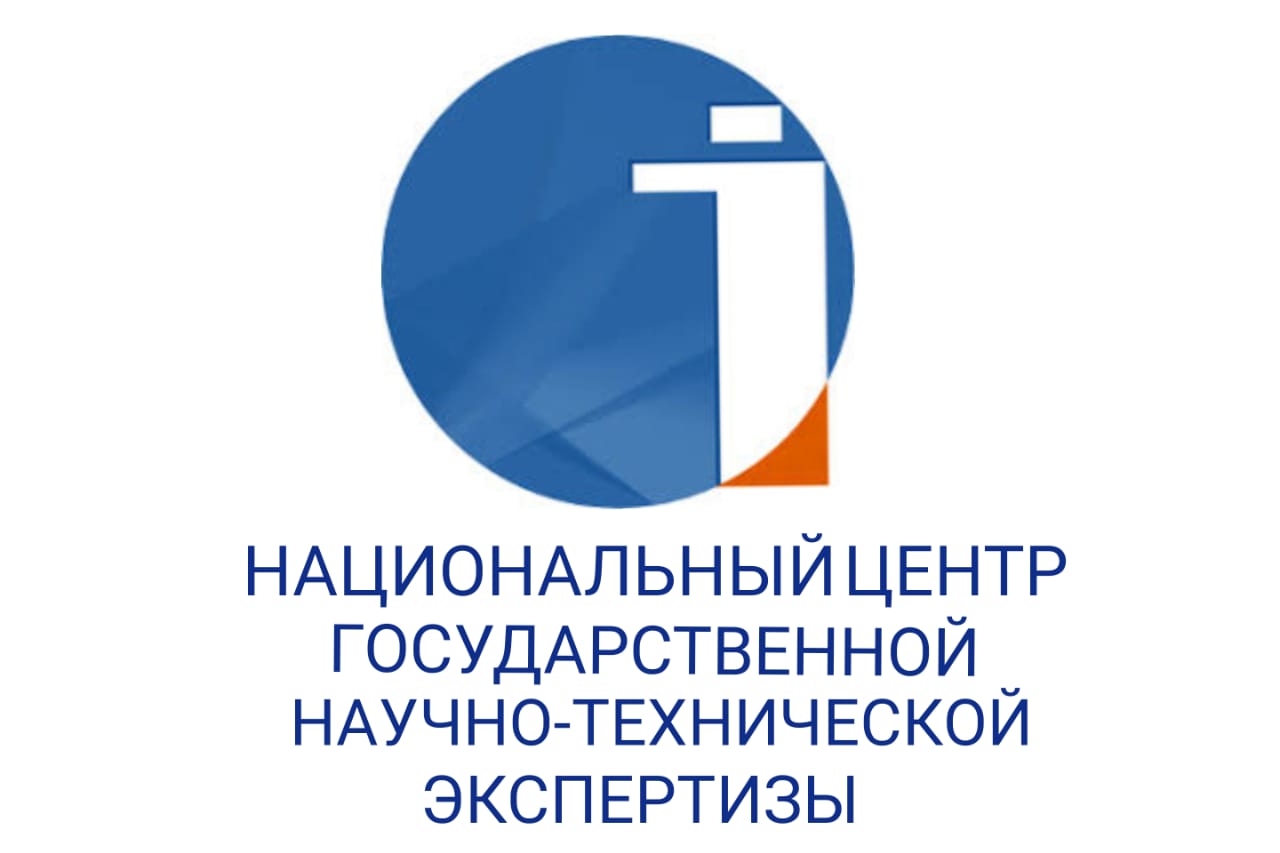THE IMAGE OF KHANUMS AND KHANSI IN THE POETRY OF ZHYRAU
DOI:
https://doi.org/10.48371/PHILS.2025.3.78.039Keywords:
zhyrau, image, Han era, khan, khanum, hansha, historical reality, unity of the countryAbstract
Thearticleanalyzes the artisticfeatures of the image of khanumsandkhansiin the poetry of Zhyrau,createdin the XI-XIIIcenturies.It is notedthatin the legacy of Zhyrau, the maincharacters of nationalknowledgeandperception of thoseeras are clearlyvisible,accordingtowhichscientificattention is drawntotheactionsandimage of khanumsandkhanshiremainedin the memory of the country,in the memory of people.
Relevance of the study. Where Khan is depicted, it turns out that the image of Khanum will definitely appear. In some zhyrau, if the specific word "khanum" is not found, it will be analyzed that the requirements for the spouse of the country's governor are clearly spelled out in the tolgau provoked by them.
Research objective. Thefactthatkhanumsand khanshi arehighlyrespectedin the literature of the Khanateerais the reason for the emergence of suchequationsas"Khan's daughter"anditscontinuationinlaterliterature. It is not surprisingthatthekhan's court was dominated by khanumsand khanshi, and thattheyhad a greatinfluenceon the domesticandforeignpolicy of the state. The mythicalaspect of the image of khanum is alsodiscussedon a scientificbasis.
Scientific relevance of the study. In the shortest possible time, when hostility engulfs the outskirts of the country, the emotionality of the inhabitants of the Horde, including ladies and princesses, is studied in situations such as the ability to portray them in artistic reality. Khanums' great authority within the country, her high authority in front of her spouse, her relationship with her spouse, respect, and the main aspects connecting them are also the most interesting part of the article. Zhyrau's poetry proves that the ladies and princesses witnessed many historical moments as minor characters, although they were not such a major figure as the khan.
Practical significance of the study. Modernization of historical memory through the image of khanums and khansha in the heritage of the zhyrau, as well as support for the modern gender policy of a sovereign state, improving the image of women in the public environment.








